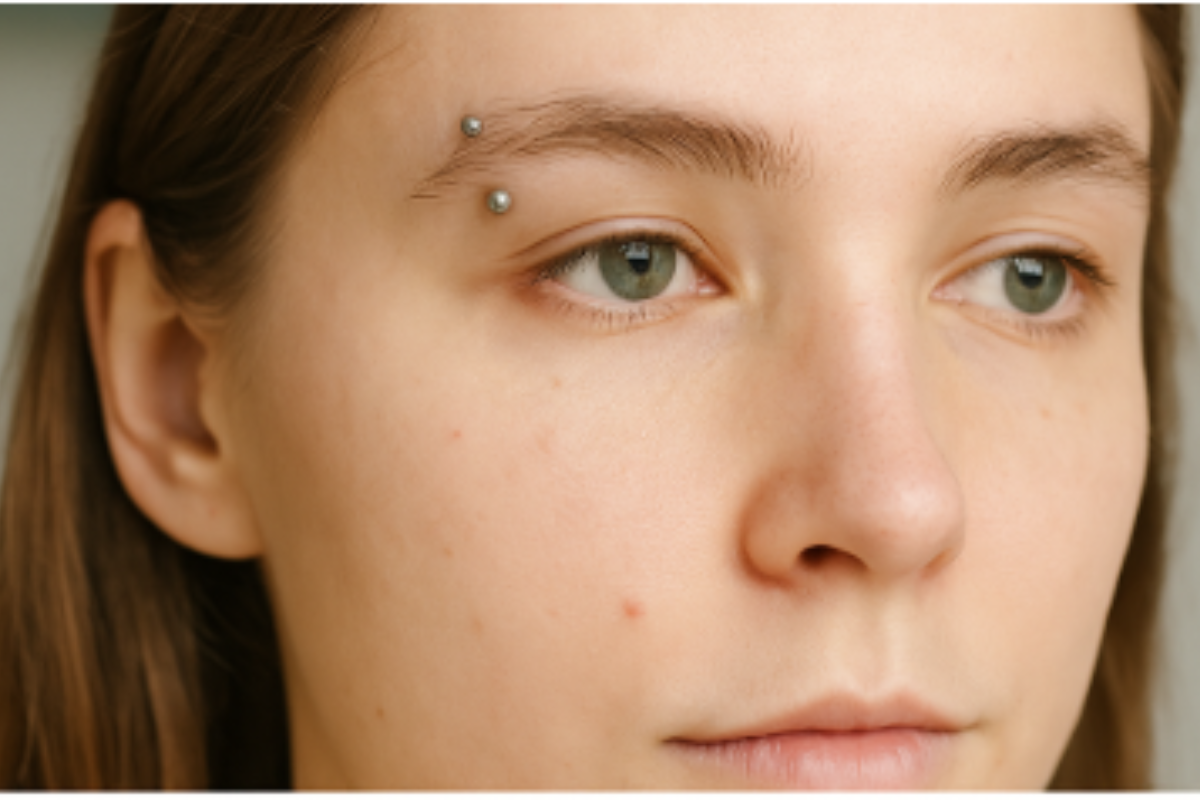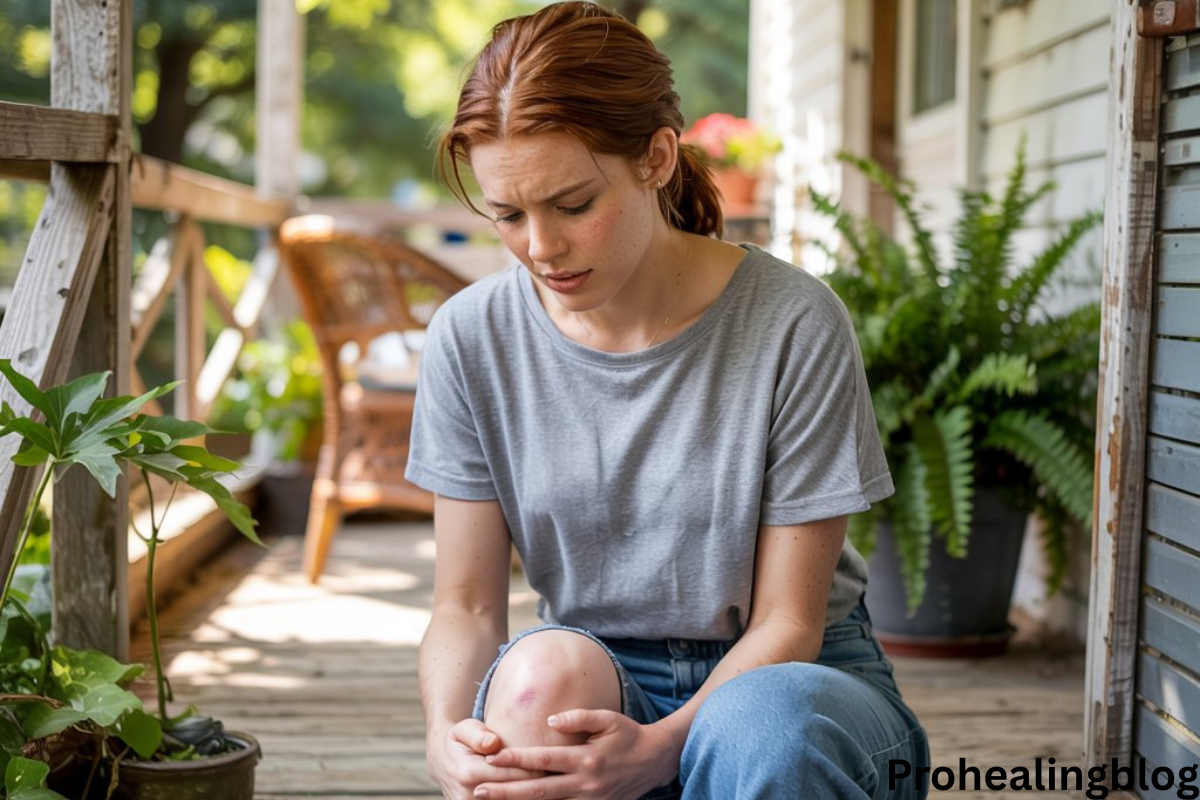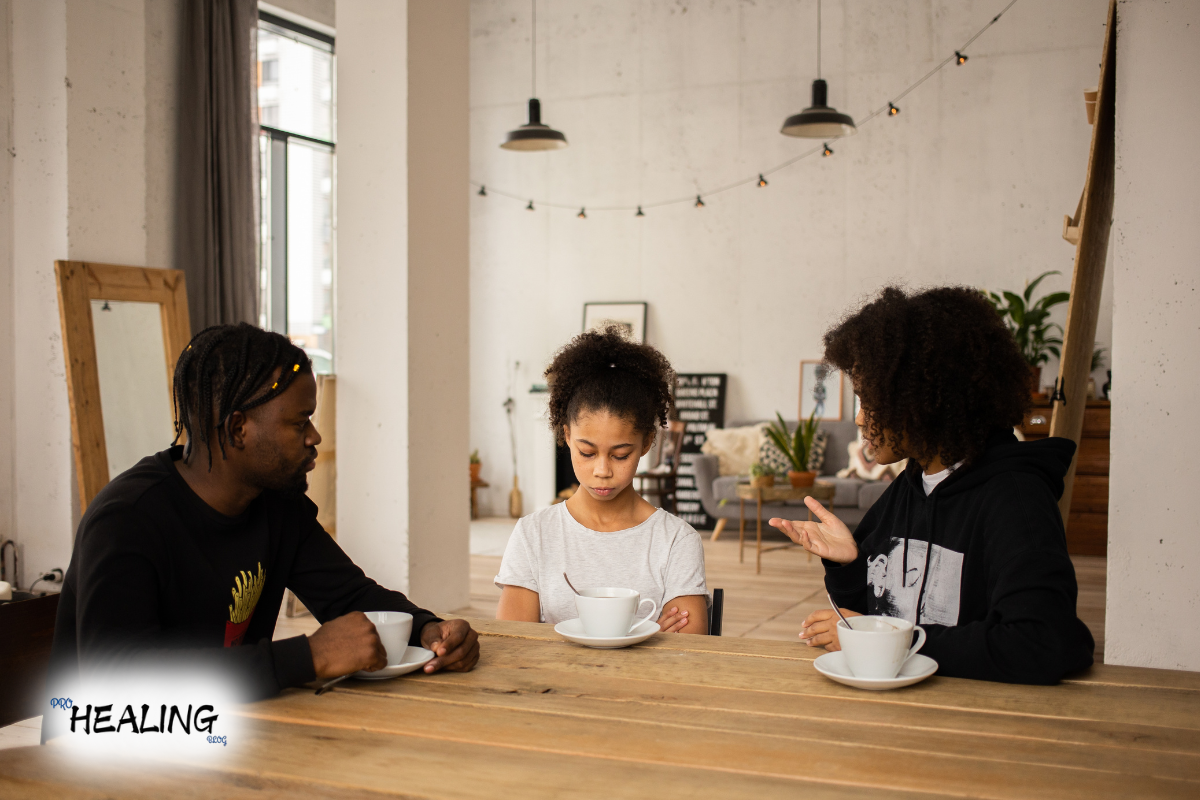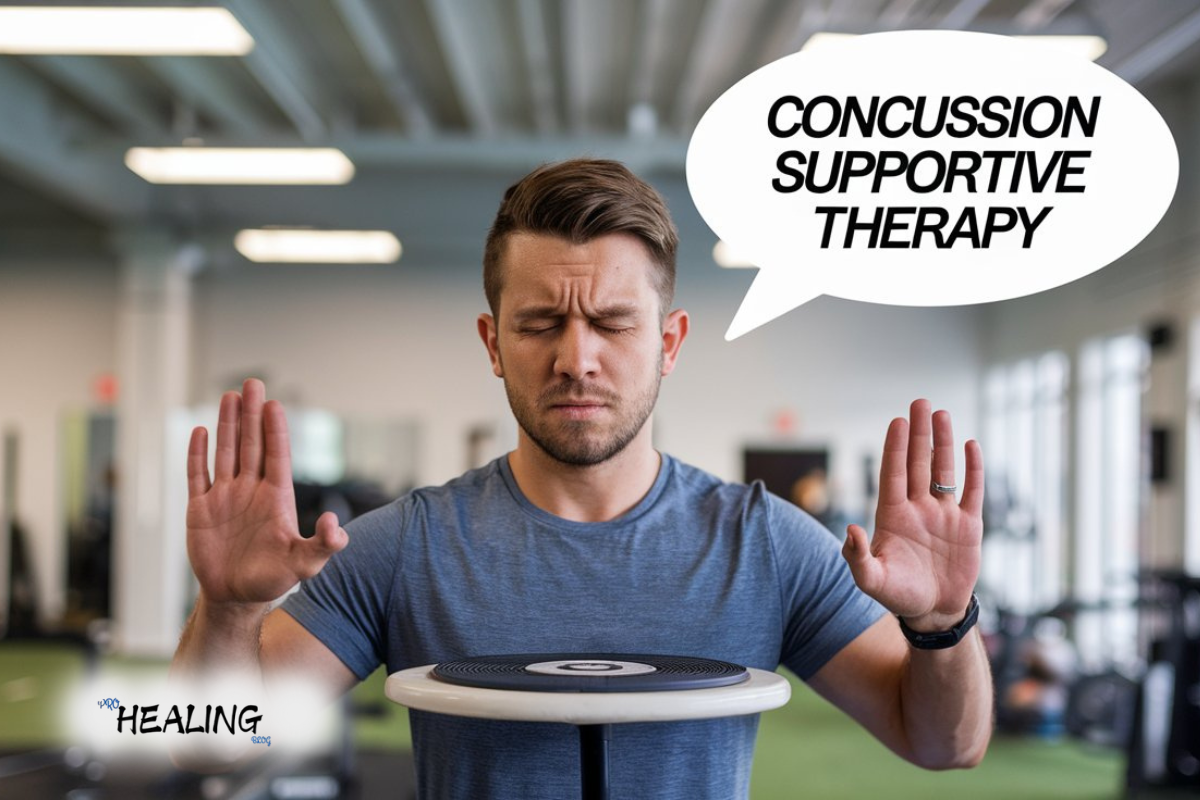A stye is a red, throbbing bump on the eyelid caused by a bacterial infection, most often Staphylococcus aureus. It occurs when oil glands at the edge of the eyelashes become plugged and inflamed. The use of stye eye drops is a good remedy to cure this condition, as it decreases infection, swelling, and pain. A stye is characterized by swelling, soreness, excessive tearing, and light sensitivity. If not treated, a stye can cause complications, and hence, timely treatment with this is necessary.
See Also: Healing Herbs and Medicinal Plants List: Nature’s Remedies
How Stye Eye Drops Work
They have antibacterial and anti-inflammatory ingredients that reduce infection and swelling. They relieve symptoms by moistening the eye, flushing out particles, and stopping bacteria from spreading. Some eye drops also have mild pain relievers to relieve pain.
Benefits of Using Stye Eye Drops
- Faster Healing: Reduces swelling and accelerates recovery.
- Relieves Discomfort: Calms irritation and pain.
- Prevents Further Infection: Prevents bacterial growth and recurrence.
- Convenient & Easy to Use: Offers fast relief without oral medicine.
Choosing the Best Stye Eye Drops
When choosing these drops, look for the following:
- Antibacterial Properties: That they have ingredients such as bacitracin or polymyxin B.
- Lubricating Agents: That they aid in calming the eye and drying.
- Preservative-Free Formula: Minimizes irritation, particularly for sensitive eyes.
- Doctor-Recommended Brands: Use eye drops that are ophthalmologist-approved.
See Also: Sound Healing: Ancient Practice Meets Modern Wellness
How to Use Correctly
- Wash Your Hands: Clean your hands before use to prevent infection.
- Tilt Your Head Back: Tilt your head back and release the lower eyelid.
- Apply the Drops: Squeeze the number of drops recommended for the affected eye.
- Close Your Eyes Gently: Let the medication distribute evenly on the eye.
- Avoid Touching the Tip: Avoid transferring bacteria by making the dropper sterile.
Precautions When Using Stye Eye Drops
- Do not give away your eye drops to other people.
- Do not use expired or contaminated drops.
- If symptoms last longer than a few days, see a doctor.
- Store eye drops in a cool, dry location to preserve their effectiveness
Home Remedies to Complement Stye Eye Drops
Along with the drops, these home remedies can also ease the symptoms:
- Warm Compress: Place a warm cloth over the infected eye to ease swelling.
- Tea Bags: Place a warm cloth over the infected eye to ease swelling.
- Proper Hygiene: Wash your eyelids and do not touch your eyes.
When to See a Doctor?
Consult a doctor if:
- The stye becomes worse or does not get better within 5-7 days.
- The swelling spreads to other areas of the face.
- You have severe pain, vision disturbances, or discharge of pus.
Conclusion
Stye eye drops provide an easy and effective way to treat infections of the eyes. When properly applied, they can greatly alleviate pain and accelerate recovery. Use them in conjunction with proper hygiene to avoid recurrence. If symptoms do not improve, seek the services of an eye specialist for additional treatment options.
See Also: Sodium Sulfate Uses, Risks and Recommendations
FAQs
Can I use regular eye drops for a stye?
No, these drops are specifically designed to combat bacterial infections. Regular drops do not necessarily have antibacterial agents.
How long does it take for stye eye drops to work?
The majority of people notice improvement within 2-3 days of regular use. However, complete recovery could take up to a week.
Are there side effects of using stye eye drops?
You might have mild irritation or temporary blurring of vision in some cases. If side effects become persistent, then consult a doctor.
Can I wear contact lenses while using stye eye drops?
It‘s advisable to refrain from using contact lenses until the stye has completely healed to avoid re-irritation or infection.
Do styes go away on their own?
Yes, minor styes may go away without treatment. But eye drops can hasten the healing process and ease discomfort.
Are styes contagious?
Though not very contagious, the stye causing bacteria are transmissible. Share neither towels nor cosmetics to minimize risk.






